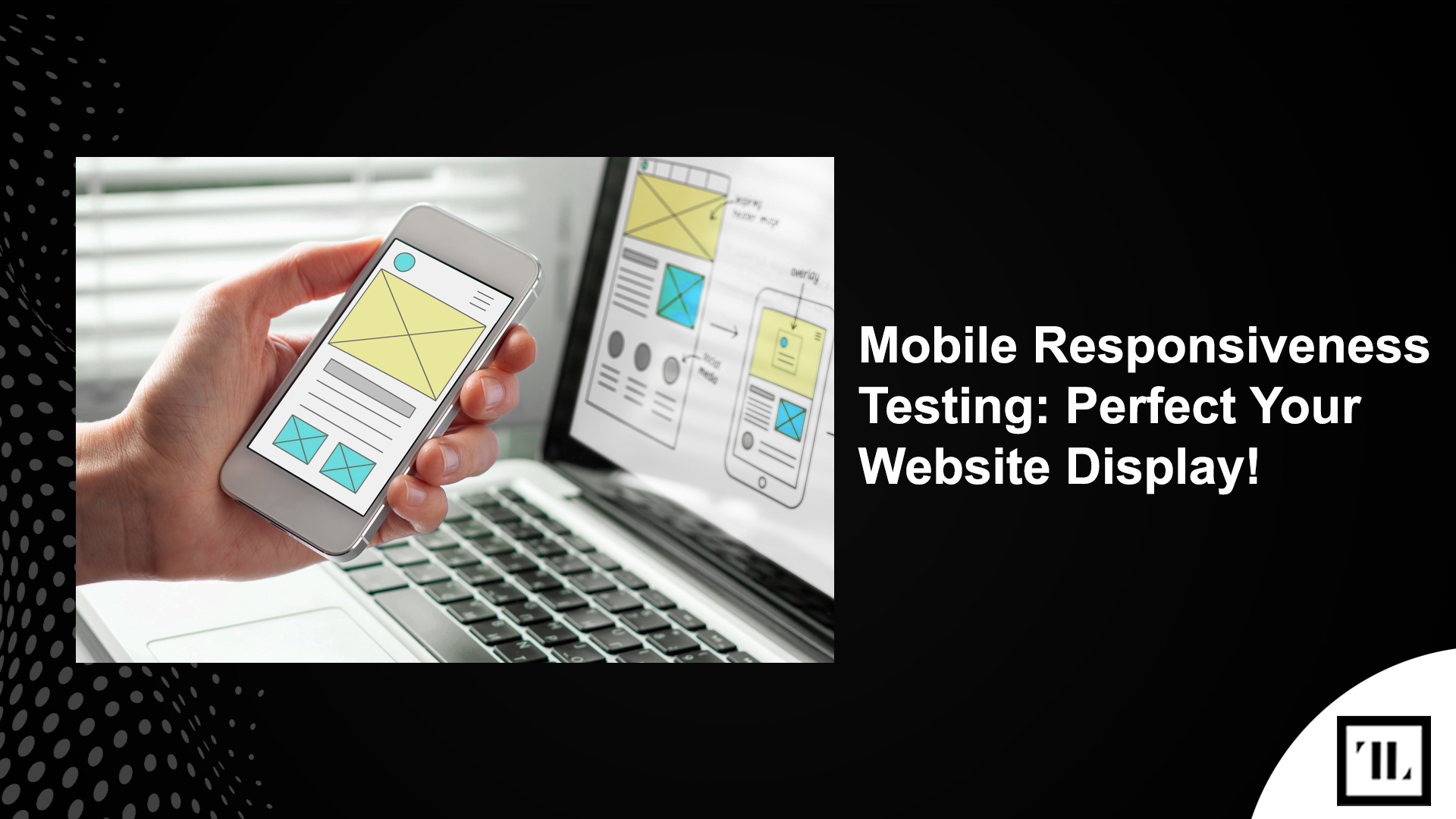
Many websites struggle to adapt to various screen sizes in today’s mobile-first world, leading to poor user experiences, slower load times, and higher bounce rates. Mobile users often encounter distorted layouts, broken elements, or sluggish performance, causing them to leave the site.
Fortunately, TRIOTECH LABS has created this quick guide to help you test your website’s responsiveness. By using the right tools and strategies, you can ensure a seamless experience on any device, boosting user engagement and conversions.
Steps to Test Your Website’s Responsiveness
Testing your website’s responsiveness doesn’t need to be complex. Follow these three simple steps:
- Use a Responsive Site Testing Tool
Start by using a responsive site testing tool. These tools help simulate various screen sizes and provide immediate feedback on how your website adapts, ensuring your content displays correctly.
- Test Using Chrome Extensions
For quick checks, use a chrome responsive extension. These extensions allow you to test your website’s responsiveness directly in your browser, providing a fast way to preview how your site looks on different screen sizes.
- Check Real Devices and Screen Resolutions
Finally, test your website on actual devices to see how it functions under real-world conditions. Use a website mobile checker to check your site across smartphones, tablets, and desktops to ensure consistent performance.
How to Test Your Website’s Responsiveness
Chrome Extensions for Responsiveness Testing
Chrome offers several extensions to test website responsiveness directly within your browser. These tools allow you to simulate various devices and resolutions. Some popular extensions include:
- Viewport Resizer
- Responsive Web Design Tester
- Mobile/Responsive Web Design Tester
Online Tools for Responsive Design Testing
In addition to Chrome extensions, online tools offer an in-depth analysis of how your site performs on various devices. Popular online tools include:
- BrowserStack
- Responsinator
- Am I Responsive?
These platforms provide a visual representation of how your site appears across multiple devices.
Best Practices for Mobile Responsiveness
To ensure optimal performance across all devices, follow these best practices:
- Mobile-First Design: Design for smaller screens first to prioritize key content for mobile users.
- Fluid Layouts: Use flexible grids that adjust to any screen size, ensuring a seamless experience.
- Scalable Images: Optimize images to resize properly for different screen sizes, improving load times and visual appeal.
- Test Across Devices: Always test on real devices to check how your site performs in practical scenarios.
- Use Media Queries: Leverage media queries to apply different CSS rules based on screen size, creating a tailored design for each device.
TRIOTECH LABS: Your Partner in Responsive Design
At TRIOTECH LABS, we specialize in creating custom websites with a strong focus on responsive design. We ensure that your website is optimized for all devices.
Contact Us & Get Your Mobile-Friendly Website Today!
Conclusion
Ensuring your website is fully responsive is crucial for maintaining a competitive edge. With the right tools and best practices, you can optimize your site for all devices, improving both user experience and SEO performance. Let TRIOTECH LABS guide you in perfecting your website’s responsiveness!
You Might Also Like:
